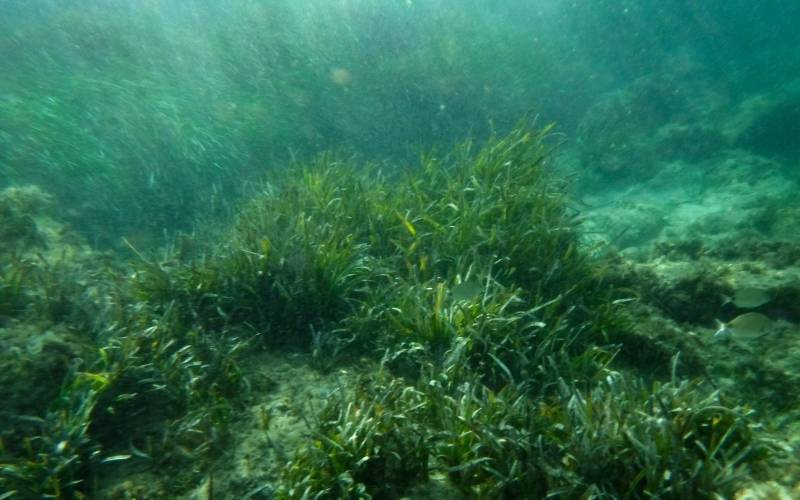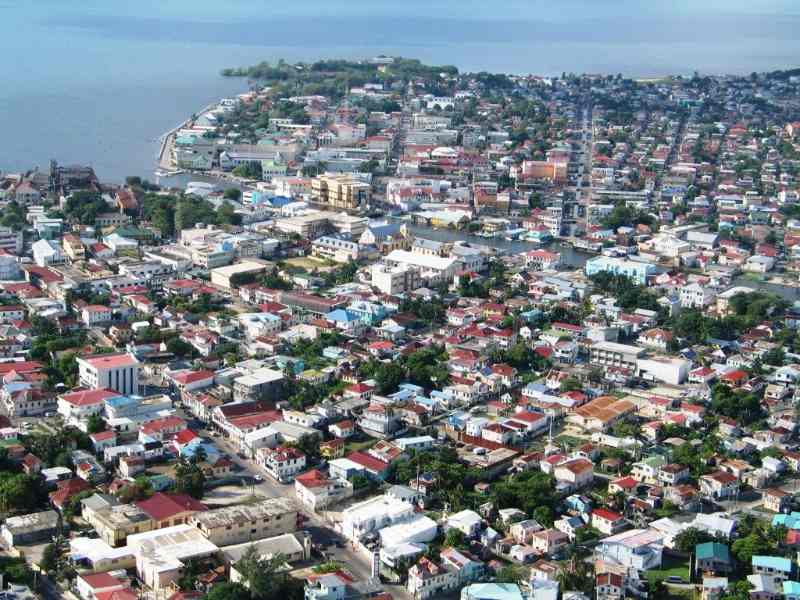
Home » How Is The Climate & Weather in Haiti Currently?
How Is The Climate & Weather in Haiti Currently?
The western third of the island of Hispaniola, as well as smaller islands such as Gonâve, Tortue (Tortuga), Grande Caye, and Vache, make up Haiti, a country in the Caribbean Sea. Port-au-Prince is the capital.
Haiti, whose population is almost entirely descended from African slaves, gained independence from France in 1804, becoming the second country in the Americas to do so after the United States.
However, economic, political, and social difficulties, as well as a number of natural disasters, have plagued Haiti for centuries, causing chronic poverty and other serious issues.
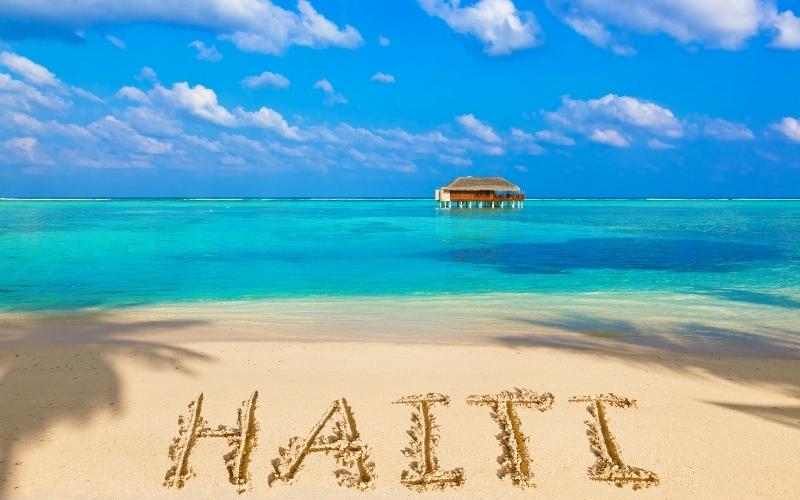
The climate of Haiti is tropical and hot all year, with a cooler period from November to March when northeasterly trade winds prevail and a muggy period from May to October, when the heat becomes unbearable, though it is tempered by the breeze along the coasts.
Inland plains and south-facing coasts have slightly higher temperatures, while north-facing coasts have slightly lower temperatures. There is typically a dry season from December to February and a rainy season from April to October, with two rainy peaks at the beginning and end of the period and a decrease in July.
From December to March, the cool north-west wind from the United States can drop the temperature by a few degrees, bringing nighttime temperatures down to around 20 °C (68 °F). Haiti is located in the Caribbean, southeast of Cuba and west of Puerto Rico, on the western part of the island of Hispaniola.
What's The Weather Like In Haiti Nowadays?
Table of Contents
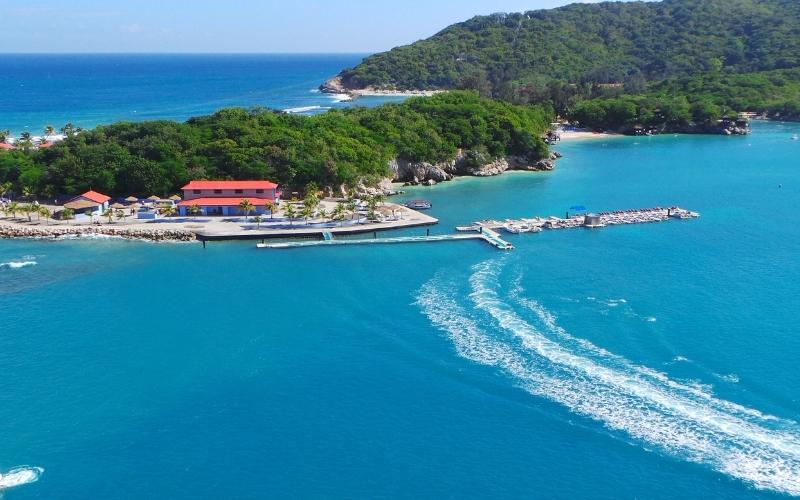
The climate in Haiti is tropical. Throughout the year, daytime temperatures are around or above 30 degrees Celsius (86 degrees Fahrenheit), and nighttime temperatures rarely fall below 20 degrees Celsius (68 degrees Fahrenheit), with the exception of higher inland areas.
The temperature can drop to just over 10°C (50°F) at the highest points. Haiti, which is located in the Caribbean’s Great Antilles, has a tropical climate that is hot and humid. In the winter, daily temperatures range from 19°C to 28°C, while in the summer, temperatures range from 23°C to 33°C.
In mountainous areas, the northern and windward slopes receive up to three times more precipitation than the leeward side. The annual precipitation in the mountains averages 1,200 mm, while it is as low as 550 mm in the lowlands. The driest parts of the country are the Plaine du Gonaves and the eastern part of the Plaine du Cul-de-Sac.
The wet season lasts a long time, especially in the north and south of the island, with two distinct peaks between March and November. The dry season in Haiti lasts from November to March. The average monthly rainfall during this time can range from just over an inch to nearly 3.5 inches.
This equates to three to seven rainy days per month (with a total rainfall of more than a quarter-inch). In Haiti, January is usually the driest month of the year. April through October is the rainy season, with May being the wettest month.
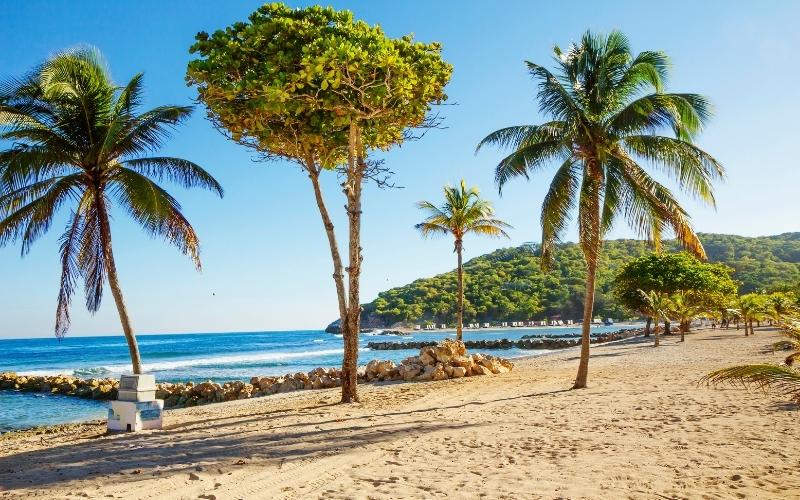
During this time, average precipitation can exceed 9 inches in a single month, excluding unusually wet periods or tropical storms; more than an inch per day can cause flash flooding and mudslides. Haiti is located in the hurricane belt of the Caribbean.
Tropical storms and hurricanes are common during the stormy season, which runs from June to October. Not because of its location but because of extensive deforestation, Haiti is particularly vulnerable to the devastating effects of tropical storms.
Because there are no trees and the topsoil is unstable, any heavy rainfall will result in flash floods and mudslides. Drought conditions are also exacerbated by the loss of native forests during periods of low rainfall.
Car rentals relieve you of the burden of maintenance costs and depreciation losses.
If you don’t need a car every day and only use it on special occasions, renting one is the best option because it saves you money on insurance and maintenance.
So, for a safe travel experience in Haiti, rent a car from one of the reputable rental companies listed above.
The Overall Climate Of Haiti

Haiti has a warm, humid tropical climate with greater diurnal temperature variations than annual temperature variations, which is influenced by elevation. In January and February, average temperatures range from the high 70s F (about 25 °C) to the mid-80s F (about 30 °C) in July and August.
Kenscoff, at 4,700 feet (1,430 meters), has an average temperature of 60 degrees Fahrenheit (16 degrees Celsius), while Port-au-Prince, at sea level, has an average temperature of 79 degrees Fahrenheit (26 degrees Celsius). Frost can form at high elevations in the winter.
Because Haiti is on the leeward side of the island, the humid trade winds are not as strong as they are in the Dominican Republic. The more humid districts are found on the mountain’s northern and eastern slopes. The island receives less than 28 inches (700 mm) of rain per year in some areas.
The northwestern peninsula, as well as Gonâve Island, is especially dry. Some areas have two rainy seasons, one from April to June and the other from August to October, whereas others have rain from May to November. Droughts, widespread crop failures, and famine are all possible outcomes of annual precipitation variations.
In the country, there are two distinct rainy seasons. The months of April to June are the first to experience the heaviest and powerful rains. The months between August and October are the second-lightest rainy season. Hurricanes can hit the island during the rainy season, especially between June and October.
The Tiburon Peninsula, in the southern part of the Massif de la Hotte, and the north-eastern part of the island experienced the heaviest rains. The capital, Port-au-Prince, receives an average of 1,400 mm of rain per year, with about 100 rainy days per year.
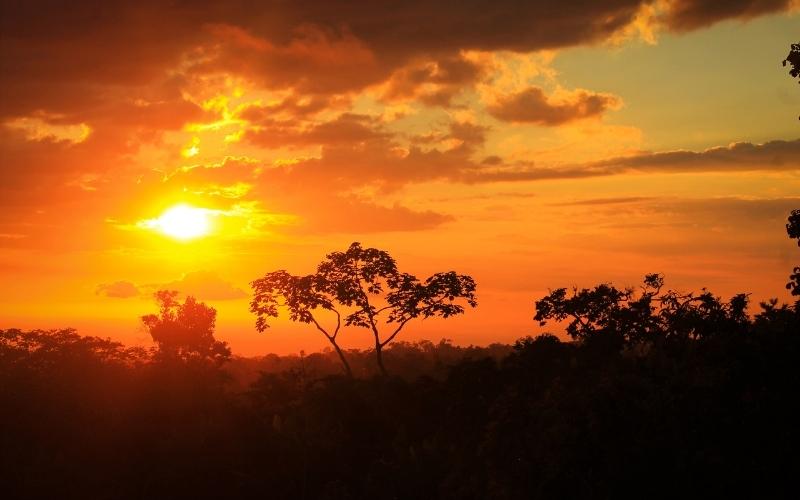
On the slopes where the mountains block the trade winds, such as in the Cul-de-Sac corridor east of Port-au-Prince, the climate is semi-arid. The temperature of the Haitian sea varies from 26 degrees Celsius in February to 29 degrees Celsius in August, September, and October.
Hurricanes Allen (1980), Gilbert (1988), and Georges (1988) wreaked havoc on the southern peninsula, which is more vulnerable to tropical cyclones than other parts of Haiti (1998). Tropical storms and hurricanes, on the other hand, can strike any part of the country.
A series of severe storms, including Hurricanes Hanna and Ike, hit the United States in August and September 2008, causing widespread damage and the deaths of over 800 people.
Haiti's Weather By Season
Spring in Haiti

The month of March marks the end of the High Season. The air temperature is around 32 °C (90 °F), with low precipitation levels and frequency. The rainy season has yet to arrive.
The High Season ends in April when the air temperature reaches 33 degrees Celsius (91 degrees Fahrenheit) and the water temperature reaches 27 degrees Celsius (81 degrees Fahrenheit). Because of the increased humidity, such conditions aren’t as pleasant as they appear.
It gets even worse in May. Because the rainy season has begun, the frequency and intensity of showers have increased significantly. Winds are also getting stronger, with gusts up to 10 m/sec (22.3 mph). Showers are most common afternoon and last for an hour or two, with a high chance of fog.
Summer in Haiti

The weather in June is essentially the same as in May, with the exception of possible temperature jumps to 36 °C (97 °F). Staying in the country is extremely uncomfortable due to the devastating combination of heat and humidity. The rainy season is at its peak in July, with the most intense showers.
The water warms up to 28 °C (82 °F) during the day, but due to the risk of tropical hurricanes, it is best to plan a beach vacation during other seasons. Rains are less intense in August, but hurricanes are still a possibility. Temperatures drop to around 32 degrees Celsius (90 degrees Fahrenheit).
Autumn in Haiti

September is regarded as a continuation of the summer season. The weather is the same, with [possible temperature jumps to 37 °C (99 °F) and humidity levels as high as 76 percent. Although October is slightly cooler, it is hurricane season’s peak month.
Because the island was devastated by hurricanes Jorge and Jane in September 1998 and 2004, it is best to visit Haiti at a different time. November ushers in long-awaited tranquility. The amount of precipitation is cut in half, and the temperature never rises above 32 degrees Celsius (90 degrees Fahrenheit).
Winds calm down, and by the end of October, the weather is ideal for a trip to Haiti, or at the very least, significantly safer.
Winters in Haiti
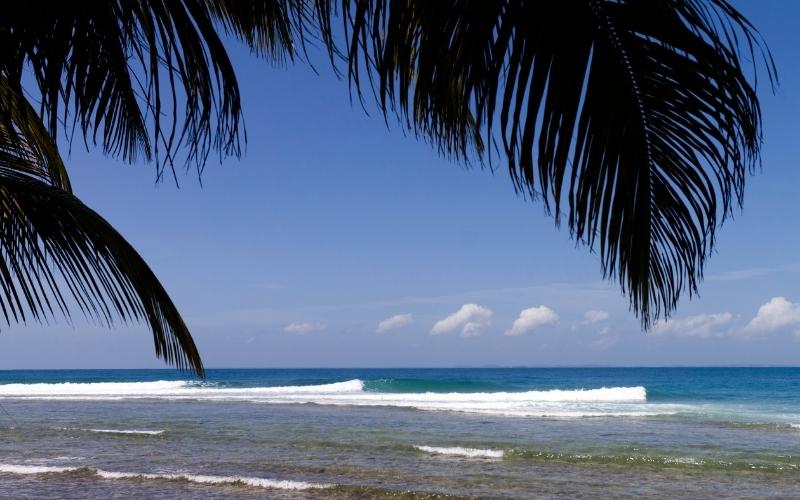
Winter is the busiest tourist season in Haiti, so prices rise. The weather is mild at this time of year, with no excessive heat or humidity. Swimming and sunbathing are both great fun.
The temperature is in the pleasant range of 20 to 30 °C (68-86 °F), and the sea breezes and low humidity make it pleasant even at noon. It’s possible that rain and strong winds will fall, but it’s unlikely.
Unless February is slightly cooler than the other two winter months, all three have the same weather. February is also the driest month of the year.
So, aside from the unstable political situation, poverty, and other issues, Haiti is a good place to celebrate Christmas in terms of weather.
When You Should Come and Visit Haiti? ...🛪
From December to March is the best time to visit Haiti’s capital and south-central region. The sun frequently shines in the summer, but the heat is oppressive, and hurricanes are a possibility.
July is the best (or least bad) month during this time period because rainfall is usually lower, and hurricanes are less likely than in August and September. Given the frequent rains that last until December on Haiti’s northern coast, January, February, and March are the best months to visit.
The northern coasts of the United States also see a decrease in rainfall in July. Even though Haiti is not a peaceful country in terms of socioeconomics and is not equipped for this type of vacation, the winter is warm enough for a beach vacation.
Find out more about Kanana Caribbean island facts, vacation planning, sightseeing, travel deals, and possible upcoming events

